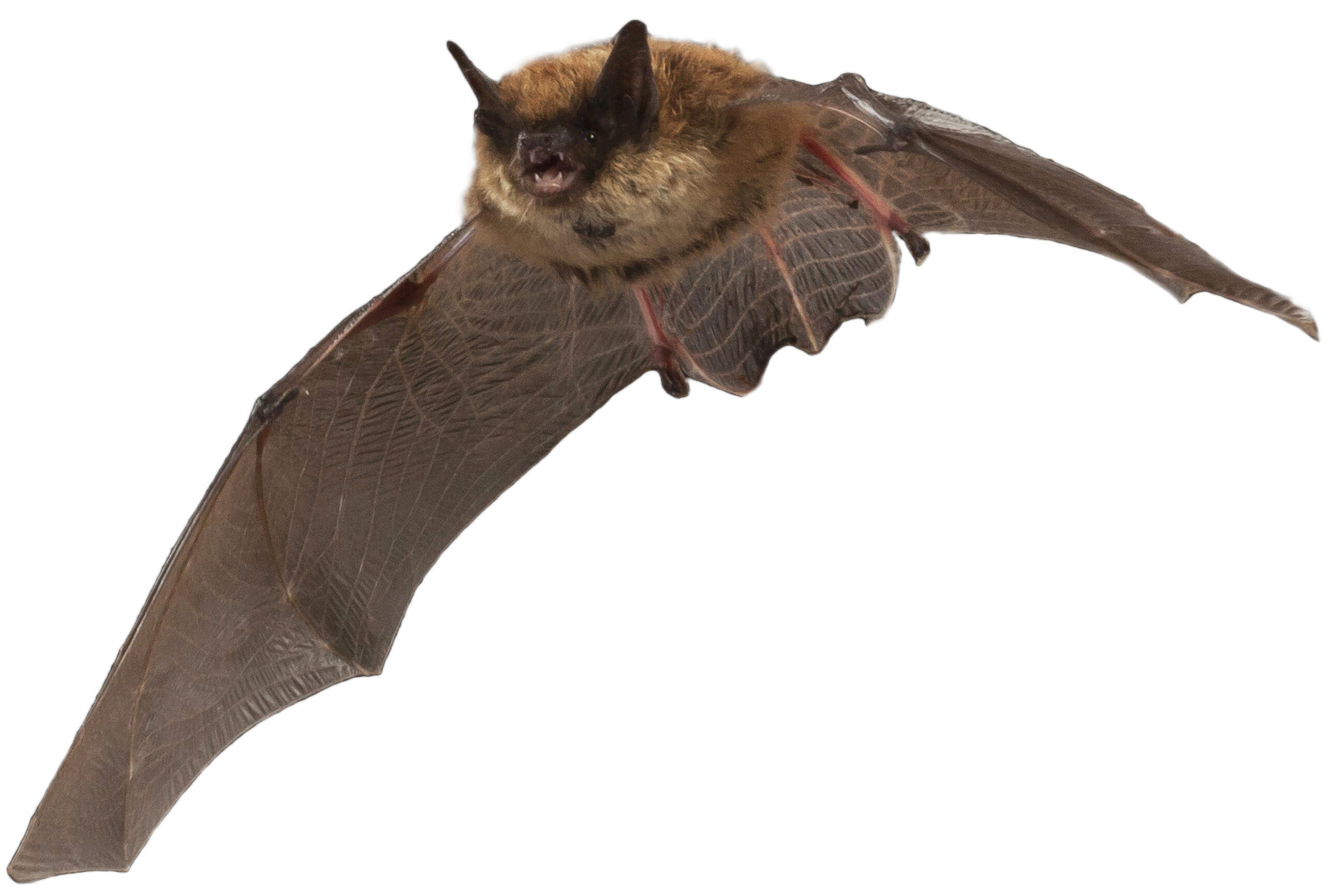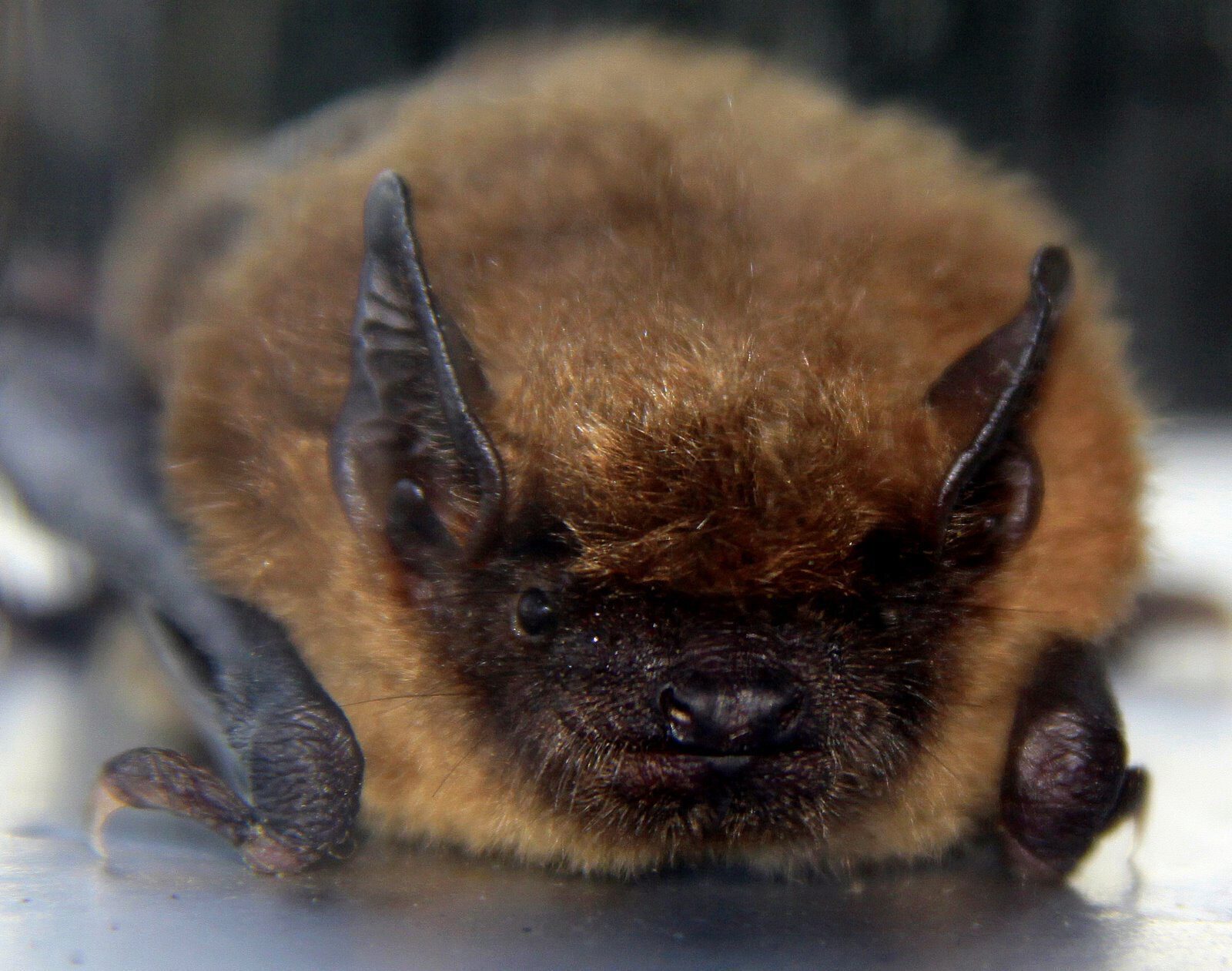Protecting the winged wonders of the night

Bats, those mysterious and elusive nocturnal creatures, sometimes get a bad rap.
While, yes, vampire bats found in Central and South America feed solely on blood, the majority of bat species in North America base their diet on fruits and crop-destroying insects. They also play a big part in keeping the mosquito population at bay.
Bats are also the only winged mammals in the world that can fly and they can hibernate for up to six months at a time, making these animals truly extraordinary.
“Bats are sometimes misunderstood,” says Helen Spencer, Environment Section Manager at Darlington Nuclear Generating Station. “But they’re an important part of our ecosystem.”
"Bats are sometimes misunderstood. But they’re an important part of our ecosystem."Helen Spencer, Environment Section Manager at Darlington Nuclear GS
Sadly, many bat populations in North America are at risk due to white-nose syndrome, a quickly spreading disease among bat colonies. The fungal infection, which grows on a bat’s muzzle and wings during hibernation, has killed millions of the airborne mammal.

The emergent disease makes it important now especially to monitor the health of bat populations.
At its operations, OPG has partnered with Bird Studies Canada to keep track of winged animals in the sky, including bats, using revolutionary tracking technology.
At OPG's R.H. Saunders GS, Pickering Nuclear GS, and Nanticoke site, receiving towers keep track of tagged flying organisms 24 hours a day as part of the international Motus Wildlife Tracking System, a network of 350 automated radio telemetry stations spread across the Western Hemisphere. The information gleaned from this data can help shed light on species' surival rates and migration patterns, as well as the impact climate change and habitat loss is having on bats and other species.
In the past, OPG has partnered with Earth Rangers to raise awareness of the endangered Eastern small-footed bat, a species which hasn’t yet been affected by white-nose syndrome.
The Earth Rangers "Bring Back the Wild" campaign helped raise awareness and donations for the Ontario Ministry of Natural Resources and Forestry's efforts to track Eastern small-footed bat populations and their critical habitat sites.
Another action that OPG has undertaken is bat monitoring.
Since 2012, the company has been monitoring the winged mammals around the Darlington Nuclear Generating Station three times a year — once in July, once in August and once in September.
The monitoring is conducted by Site Environment staff and biologists who walk the same route, from sunset until midnight, using a bat (or echolocation) monitor. The echolocation monitor records the bat calls, which cannot be heard by human ears, as well as the time and location of the call.
A biologist later deciphers the recorded graphs to identify the different bat species and the popular bat locations on the site.
The bats most commonly found around the Darlington site are the Big Brown bat and Silver-Haired bat. The Eastern Red bat and Hoary bat have also been seen periodically in the station’s vicinity. These species are all native to the area and most will migrate south for the winter.
This research helps shape conservation efforts designed to protect the winged wonders of the night.
Subscribe and stay informed
Sign up to receive the latest news, project updates, and event information from OPG.


